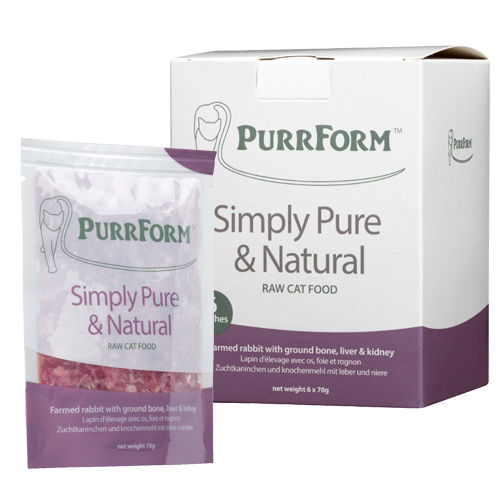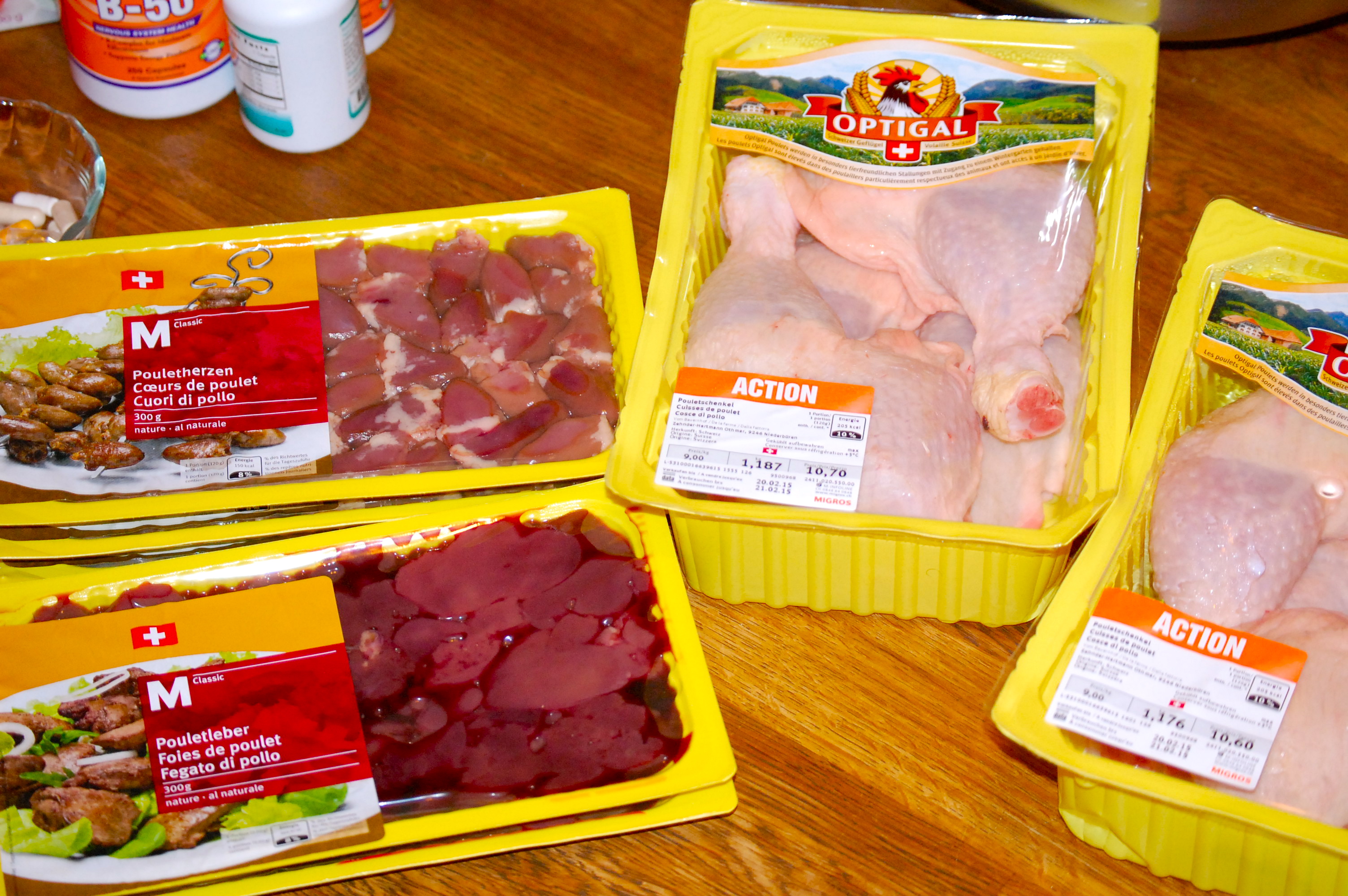
The Primal Choice: A Deep Dive into Raw Cat Food with Bone and Organ Meat
For centuries, cats thrived on a diet that mirrored their natural instincts: raw meat, bones, and organs. Today, a growing number of cat owners are turning back to this primal approach, seeking to unlock the potential benefits of a raw food diet for their feline companions. But what exactly does a raw cat food diet with bone and organ meat entail, and is it truly the best choice for your beloved pet?
Understanding the Biological Imperative
Cats are obligate carnivores, meaning their bodies are specifically designed to derive nutrients from animal-based sources. Unlike humans or dogs, cats cannot efficiently process plant-based proteins or carbohydrates. Their digestive systems are shorter, their teeth are adapted for tearing meat, and their metabolic pathways are optimized for utilizing animal fats and proteins.
A raw diet, often referred to as a Biologically Appropriate Raw Food (BARF) diet, aims to replicate the natural diet of a wild cat. This includes:
- Muscle Meat: The primary component, providing essential protein, amino acids, and fats.
- Bones: A crucial source of calcium, phosphorus, and other minerals necessary for bone health, nerve function, and overall well-being. Raw bones are soft enough for cats to chew and digest safely.
- Organs: Packed with vital nutrients, including vitamins, minerals, enzymes, and essential fatty acids. Liver, kidney, heart, and spleen are commonly included.
The Potential Benefits of Raw Feeding
Proponents of raw cat food diets often highlight a range of potential benefits:
- Improved Digestion: Raw food is more easily digestible than processed kibble, leading to better nutrient absorption and reduced stool volume.
- Enhanced Hydration: Raw meat has a high moisture content, which can help prevent dehydration and support kidney health.
- Dental Health: Chewing on raw bones helps to naturally clean teeth and reduce the buildup of plaque and tartar.
- Shinier Coat and Healthier Skin: The abundance of essential fatty acids in raw meat can contribute to a lustrous coat and reduced skin allergies.
- Increased Energy and Vitality: Many owners report that their cats experience a boost in energy levels and overall vitality on a raw diet.
- Weight Management: Raw diets can help cats maintain a healthy weight by providing a balanced ratio of protein, fat, and moisture.
- Reduced Allergies and Sensitivities: Some cats with food allergies or sensitivities may find relief on a raw diet, as it eliminates common allergens found in processed foods.
The Role of Bones and Organ Meat
Bones and organ meat are not mere add-ons to a raw cat food diet; they are essential components that provide critical nutrients.
-
Bones: Raw bones provide calcium and phosphorus, which are essential for bone and teeth development and maintenance. They also stimulate chewing, promoting dental health. The act of gnawing on bones helps remove plaque and tartar, reducing the risk of dental disease. It’s crucial to use raw, un-cooked bones as cooking makes the bone brittle and can splinter causing internal damage. Suitable bones include chicken necks, wings, backs, and ribs.
-
Organs: Organ meats are nutrient powerhouses. Liver is rich in vitamins A, B, and D, as well as iron and copper. Kidney provides essential amino acids and minerals. Heart is a good source of taurine, an essential amino acid for cats. A balanced raw diet typically includes 5-10% organ meat, with liver making up about half of that amount.
Navigating the Challenges and Risks
While the potential benefits of raw feeding are enticing, it’s essential to acknowledge the challenges and risks involved:
- Bacterial Contamination: Raw meat can harbor bacteria like Salmonella and E. coli, posing a risk to both cats and humans. Proper handling, storage, and hygiene are crucial to minimize this risk.
- Nutritional Imbalance: A poorly balanced raw diet can lead to nutrient deficiencies or excesses. It’s essential to follow a properly formulated recipe or consult with a veterinary nutritionist.
- Bone-Related Hazards: While raw bones are generally safe, there is a risk of choking, intestinal obstruction, or damage to the teeth if the bones are too large or if the cat is a fast eater.
- Cost: Raw food can be more expensive than commercial kibble, especially if you opt for high-quality ingredients.
- Preparation Time: Preparing raw food requires time and effort, including sourcing ingredients, grinding or cutting meat, and portioning meals.
Safety Guidelines for Raw Feeding
If you choose to feed your cat a raw diet, it’s essential to follow strict safety guidelines to minimize the risks:
- Source High-Quality Ingredients: Choose meat, bones, and organs from reputable sources that prioritize food safety.
- Maintain Strict Hygiene: Wash your hands thoroughly before and after handling raw meat. Use separate cutting boards and utensils for raw meat and other foods.
- Store Raw Food Properly: Store raw meat in the refrigerator or freezer at the appropriate temperature. Thaw frozen meat in the refrigerator, not at room temperature.
- Prepare Meals in a Clean Environment: Disinfect surfaces that come into contact with raw meat.
- Monitor Your Cat’s Health: Observe your cat for any signs of illness, such as vomiting, diarrhea, or lethargy. Consult with your veterinarian if you have any concerns.
- Consider Pre-Made Raw Diets: If you’re unsure about preparing raw food yourself, consider purchasing commercially available raw diets from reputable manufacturers.
Transitioning to a Raw Diet
Transitioning your cat to a raw diet should be done gradually to avoid digestive upset. Start by mixing a small amount of raw food with your cat’s current food, gradually increasing the proportion of raw food over several days or weeks. Monitor your cat’s stools for any changes in consistency or frequency.
Consulting with Your Veterinarian
Before making any significant changes to your cat’s diet, it’s essential to consult with your veterinarian. They can assess your cat’s individual health needs and advise you on whether a raw diet is appropriate. If you choose to feed a raw diet, your veterinarian can help you monitor your cat’s health and adjust the diet as needed.
The Bottom Line
A raw cat food diet with bone and organ meat can offer potential benefits for feline health, but it’s not without its challenges and risks. Careful planning, strict hygiene, and a commitment to providing a balanced diet are essential for success. By understanding the biological imperative of cats, following safety guidelines, and working closely with your veterinarian, you can make an informed decision about whether a raw diet is the right choice for your feline companion.

